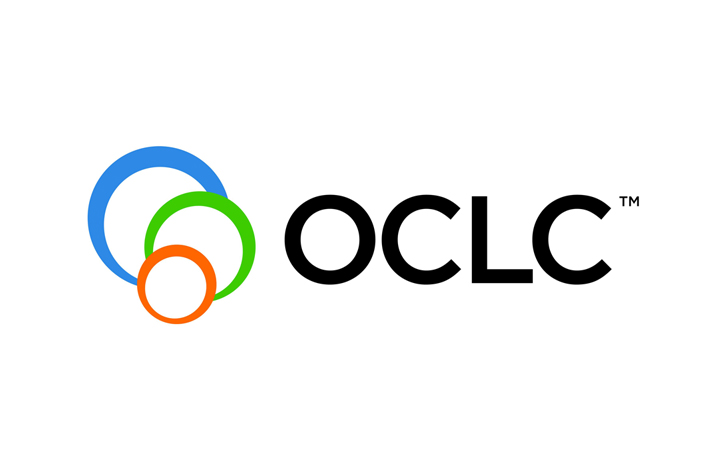
Publons – the leading scholarly peer review platform, today launched the Global State of Peer Review report, the largest ever study of peer review. The report brings together novel results of a survey of 11k+ global researchers alongside data from Publons, ScholarOne, and Web of Science.
The inaugural report asks four big questions linked to the major challenges facing the scientific and academic research community today:
- Who is doing peer review?
- How efficient is the peer review process?
- What do we know about the quality of peer review?
- What does the future hold?
The report compares and contrasts findings from established regions, USA, Germany, Italy, Spain, France, Netherlands, Sweden, Canada, UK & Japan and emerging regions, China, Brazil, Turkey, India, Iran, South Korea, Malaysia, and Poland. One of the major findings is that researchers from emerging regions are under-represented in the peer review process. It found that researchers from the USA, UK and Japan review significantly more than reviewers from emerging regions, especially when compared with how much relative peer review demand (by way of manuscript submissions) these regions generate (1.95 reviews/submission among established regions compared to 0.66 reviews/submission in emerging regions). Peer reviewers in established regions also tend to accept fewer review invitations and take longer to review than their counterparts in emerging regions.
Andrew Preston, Managing Director, Publons said: “Geographical peer review disparity is harming the development of non-Western researchers — fewer review invitations mean fewer opportunities to see the latest research trends, learn what journals are looking for in a great manuscript, make professional connections with journal editors, and develop critical analysis skills.”
Other key findings from the 2018 Global State of Peer Review include:
- Each year, across the globe, researchers spend roughly 68.5 million hours reviewing. That’s 2.9 million researcher days or 7,800 researcher years spent reviewing annually.
- On average it takes 19.1 days for a researcher to peer review a paper. That’s 260 million researcher days spent waiting for reviews to be returned to a journal p.a. or 720,000 researcher-years waiting for reviews annually.
- Editors tend to invite reviewers from their own geographical regions much more than chance would predict. Since most editors are from established regions this implies there is a bias toward selecting reviewers from established regions.
- Reviewers write longer reviews, in terms of word count, for more prestigious journals; word count goes up as Journal Impact Factor (JIF) increases. Reviewers also return their peer reviews faster for more prestigious journals, as median days to complete a review reduces as JIF increases.
- Editors send more review invitations now than five years ago. However, once reviewers are found, review turnaround times are generally decreasing for some disciplines, including Computer Science, Geosciences, and Engineering. So parts of scholarly communication are speeding up, but other parts are clogging the system and it is getting harder to find suitable reviewers.
- Reviewers from emerging regions, such as Iran, write reviews that are less than half the length of reviewers from established regions (250 words compared to 528 words). While a longer review does not imply a higher quality review, this word count difference might explain some of the difference in invitation rates between regions.
- Despite these differences, review volumes from emerging regions, particularly China, are growing much faster than from established regions, hinting that at some point in the future we’ll reach parity.
You can share online using #PublonsGSPR.





















